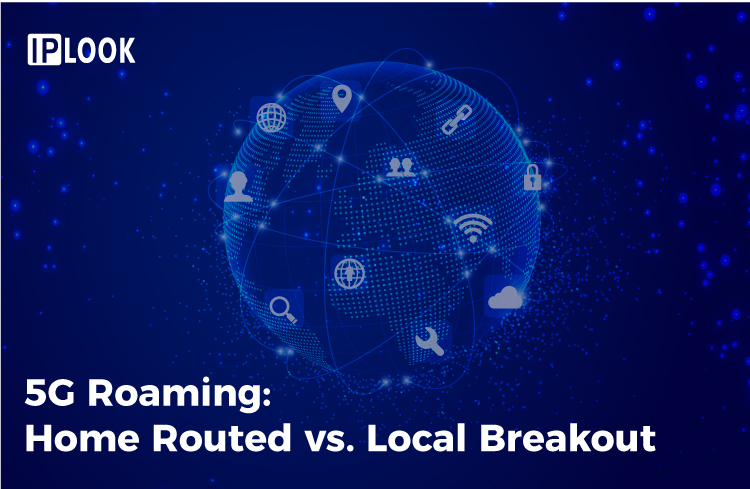 Two primary roaming scenarios exist in 5G:
Two primary roaming scenarios exist in 5G:
Home Routed Roaming: In this scenario, both the Visited Public Land Mobile Network (VPLMN) and the Home Public Land Mobile Network (HPLMN) are involved in user data transmission. The user's data traffic is routed through the HPLMN's User Plane Function (UPF). This architecture provides enhanced security and control for the home network. Key elements involved in this scenario include the AMF, SMF, and UPF in both the VPLMN and HPLMN.
Local Breakout Roaming: In this scenario, the user primarily relies on the infrastructure of the Visited Public Land Mobile Network (VPLMN). User data directly traverses the VPLMN's User Plane Function (UPF). This architecture generally results in lower latency due to the reduction in network hops. Key elements involved in this scenario primarily reside within the VPLMN, encompassing all core network functions.
Role of Unified Data Management (UDM):
The UDM plays a crucial role in managing roaming services by overseeing user subscriptions and enforcing regional roaming policies. It collaborates with the IMS-Home Subscriber Server (HSS) to manage IMS-related roaming services, ensuring adherence to user preferences and restrictions within defined roaming domains.
In summary, both HR and LB Roaming solutions in 5G networks provide connectivity solutions tailored for different user requirements.


